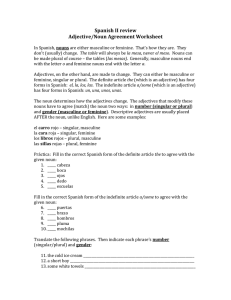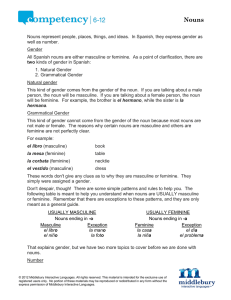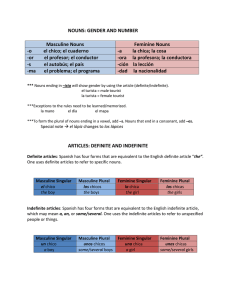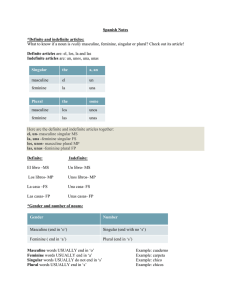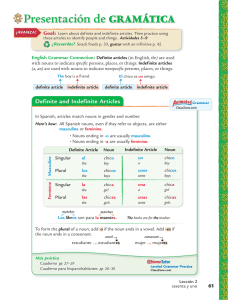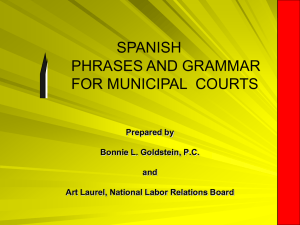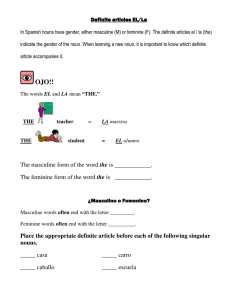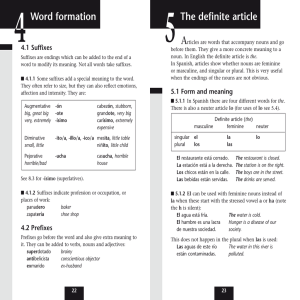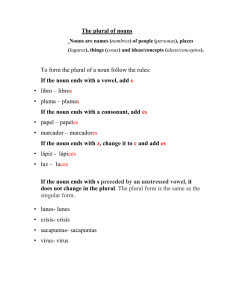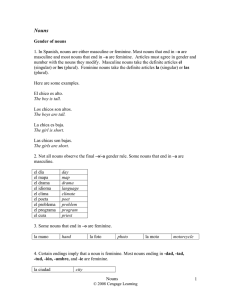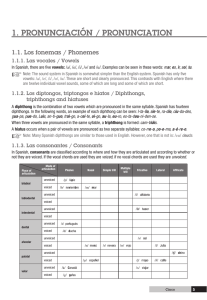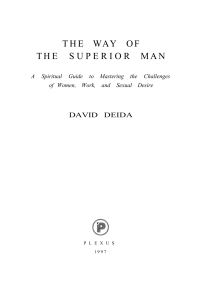NOUNS AND DEFINITE ARTICLES Pattern: Nouns
Anuncio
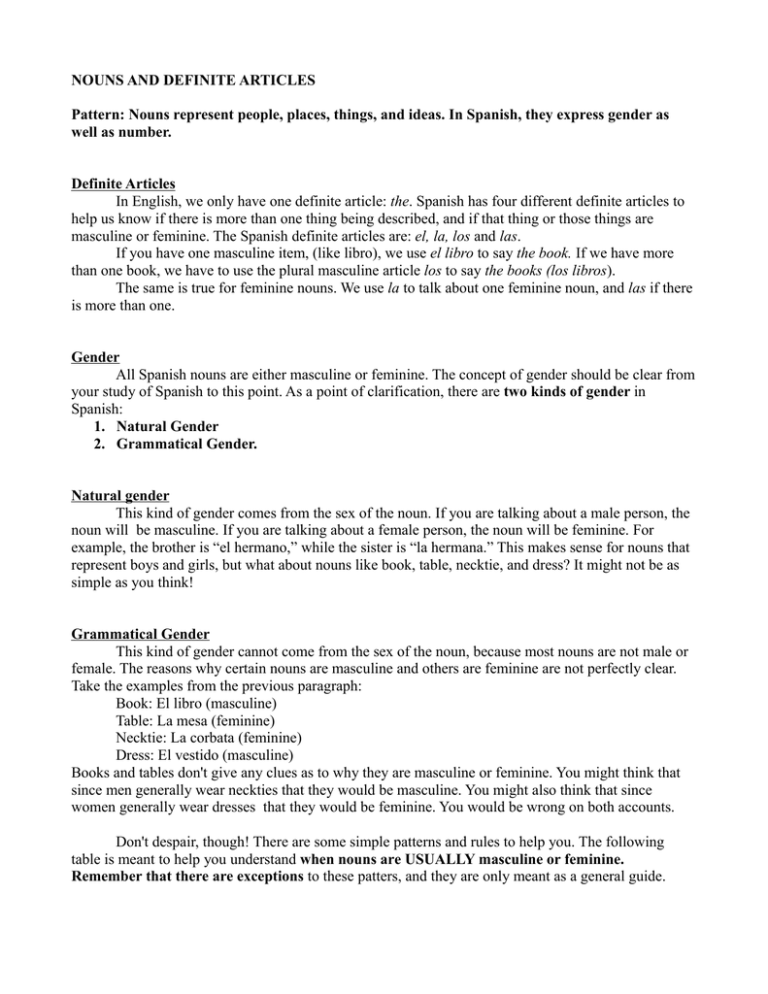
NOUNS AND DEFINITE ARTICLES Pattern: Nouns represent people, places, things, and ideas. In Spanish, they express gender as well as number. Definite Articles In English, we only have one definite article: the. Spanish has four different definite articles to help us know if there is more than one thing being described, and if that thing or those things are masculine or feminine. The Spanish definite articles are: el, la, los and las. If you have one masculine item, (like libro), we use el libro to say the book. If we have more than one book, we have to use the plural masculine article los to say the books (los libros). The same is true for feminine nouns. We use la to talk about one feminine noun, and las if there is more than one. Gender All Spanish nouns are either masculine or feminine. The concept of gender should be clear from your study of Spanish to this point. As a point of clarification, there are two kinds of gender in Spanish: 1. Natural Gender 2. Grammatical Gender. Natural gender This kind of gender comes from the sex of the noun. If you are talking about a male person, the noun will be masculine. If you are talking about a female person, the noun will be feminine. For example, the brother is “el hermano,” while the sister is “la hermana.” This makes sense for nouns that represent boys and girls, but what about nouns like book, table, necktie, and dress? It might not be as simple as you think! Grammatical Gender This kind of gender cannot come from the sex of the noun, because most nouns are not male or female. The reasons why certain nouns are masculine and others are feminine are not perfectly clear. Take the examples from the previous paragraph: Book: El libro (masculine) Table: La mesa (feminine) Necktie: La corbata (feminine) Dress: El vestido (masculine) Books and tables don't give any clues as to why they are masculine or feminine. You might think that since men generally wear neckties that they would be masculine. You might also think that since women generally wear dresses that they would be feminine. You would be wrong on both accounts. Don't despair, though! There are some simple patterns and rules to help you. The following table is meant to help you understand when nouns are USUALLY masculine or feminine. Remember that there are exceptions to these patters, and they are only meant as a general guide. USUALLY MASCULINE USUALLY FEMININE Nouns ending in -o, -l, -n, -r, -s, -e Nouns ending in -a, -d, -z, -ión, -ie, -mbre Masculine el libro el papel el plan el favor el mes el traje Feminine la casa la realidad la vez la tradición la serie la costumbre Number That explains gender, but we have two more topics to cover before we are done with nouns. First, let's talk about number. In English, a noun is usually made plural by simply adding -s or -es. When we change a noun from singular to plural in Spanish, we must consider a few things. General Rule: Add -s to nouns ending in an unstressed vowel. El perro >>> Los perros La puerta >>> Las puertas General Rule: Add -es to nouns ending in a consonant. El animal >>> Los animales El rey >>> Los reyes General Rule: When nouns end in -z, change to -c and add -es. La luz >>> Las luces El lápiz >>> Los lápices General Rule: For single-syllable words ending in -s, add -es. El mes >>> Los meses La tos >>> Las toses Final note: There are times when the noun form does not change when it is plural. For example, the days of the week: el jueves >>> los jueves. This is often because the word already ends in -s or -es. It should be clear from the context of the sentence whether the noun is singular or plural.
